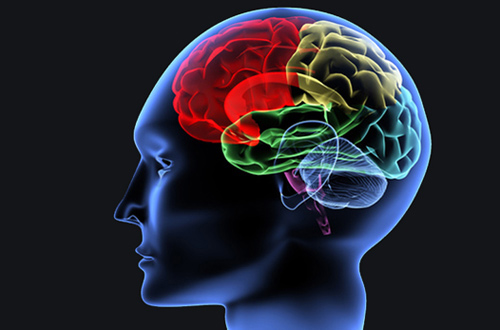Neuroscience investigators need to carry out “more explicit and systematic integration” of ethics into their research based on four principles, a White House advisory panel concluded.
The Presidential Commission for the Study of Bioethical Issues recommended that neuroscience institutions and individuals integrate ethics early and explicitly throughout research, evaluate existing and innovative approaches to ethics integration, integrate ethics and science through education at all levels, and explicitly include ethical perspectives on advisory and review bodies.
“Ethical neuroscience research will pave the way for really transformative neuroscientific progress in the future. Unethical neuroscience will derail us,” said Amy Gutmann, Ph.D., commission chair and president of the University of Pennsylvania.
The recommendations were included in the commission’s latest report, released today. Gray Matters: Integrative Approaches for Neuroscience, Ethics, and Society comes more than a year after Obama launched the Brain Research through Advancing Innovative Neurotechnologies (BRAIN) Initiative.
BRAIN has the ambitious goal of revolutionizing what science knows about the human brain to improve prevention, diagnosis, and treatment of numerous disorders whose treatment to date has proven frustrating. These include addiction, Alzheimer’s disease, autism, chronic pain, dementia, depression, epilepsy, multiple sclerosis, Parkinson’s disease, schizophrenia, stroke, and traumatic brain injury.
Yet as Dr. Gutmann noted, the first advisory group convened by NIH to recommend early funding priorities for BRAIN included no bioethicists.
“Neuroscience research, research on our brains, strikes at the very core of who we are, so the ethical stakes of neuroscience research could not be higher,” Dr. Gutmann said.
Added commission member Stephen L. Hauser, M.D., chair of the Department of Neurology at University of California, San Francisco: “These issues that we will be addressing in the neurosciences are also issues that strike public interest in ways that are not unique to the neurosciences but certainly profound.”
Drs. Gutmann and Hauser addressed reporters during a telephone conference on Gray Matters. The report argues that neuroscience research offers great hope of finally addressing hard-to-treat disorders—a hope she contrasted with the field’s checkered history, including drugs with severe side effects, invasive treatments, and lobotomies that damaged too many patients.
“Too often in the past, ethical lapses in research had tragic consequences, both for the patients, and for derailing scientific progress. Too many people are counting on this research. Such a derailment would be devastating.”
Including ethical perspectives on advisory and review bodies will entail “substantive” participation by persons with relevant expertise in the ethical and societal implications of the neuroscience research under consideration, the report added. “Substantive” is not defined in the report
“The momentum and the trajectory of discovery in the next couple of years is going to increase exponentially because of the BRAIN initiative and because of other areas of neuroscience discovery that are going to lead to profound improvements in our understanding of how our nervous systems function,” Dr. Hauser said.
Gray Matters is the first volume of a two-volume response to a request by President Barack Obama to identify a set of core ethical standards to both guide neuroscience research, and address some ethical dilemmas that may be raised by applying neuroscience research findings. The second report will consider the ethical and societal implications of neuroscience research and its applications more broadly.
Obama’s administration has proposed doubling spending on BRAIN in federal fiscal year 2015, to $200 million from about $100 million in FY2014.
BRAIN was unveiled by Obama in April 2013, with NIH director Francis S. Collins, M.D., Ph.D., in September approving high-priority research areas recommended by an advisory committee to BRAIN’s Working Group in an interim report; the group’s final report is scheduled for release next month.
Among adopted recommendations: generating a census of cell types; creating structural maps of the brain; developing new capabilities for recording large-scale neural networks; developing tools for circuit manipulation; and linking neuronal activity to behavior.







